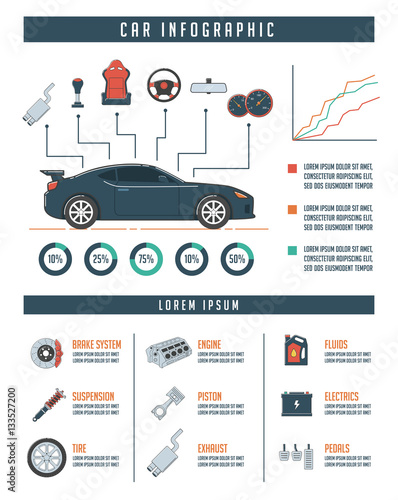Understanding The Meaning Behind Your Automobile'S Caution Lighting: A Thorough Look
Understanding The Meaning Behind Your Automobile'S Caution Lighting: A Thorough Look
Blog Article
Uploaded By-Samuelsen Shepherd
When you lag the wheel, those glowing warning lights on your dashboard can be a little bit difficult. Do you understand what they're trying to tell you regarding your automobile's health? Understanding the significance of these lights is crucial for your safety and the long life of your vehicle. So, auto detailers among those lights turns up, would not you intend to decode its message precisely and take the required steps to address it?
Common Caution Lights and Interpretations
Recognize usual caution lights in your automobile and recognize their definitions to make certain risk-free driving.
One of the most common warning lights consist of the check engine light, which indicates problems with the engine or discharges system. If this light comes on, it's important to have your vehicle inspected immediately.
The oil pressure alerting light suggests low oil pressure, calling for immediate attention to stop engine damages.
A blinking battery light might recommend a faulty charging system, potentially leaving you stranded if not resolved.
The tire stress monitoring system (TPMS) light informs you to low tire pressure, impacting lorry security and gas performance. Overlooking this could cause unsafe driving conditions.
The ABS light indicates a problem with the anti-lock braking system, compromising your capability to quit quickly in emergencies.
Last but not least, the coolant temperature level cautioning light warns of engine overheating, which can cause serious damages if not fixed quickly.
Recognizing click for source will certainly help you deal with problems quickly and maintain safe driving problems.
Significance of Prompt Attention
Understanding the usual warning lights in your vehicle is only the very first step; the relevance of promptly dealing with these cautions can not be emphasized sufficient to guarantee your safety and security on the road.
When a caution light brightens on your control panel, it's your cars and truck's method of communicating a potential problem that requires interest. Neglecting these cautions can result in a lot more severe troubles in the future, jeopardizing your security and potentially costing you much more out of commission.
Prompt interest to warning lights can protect against failures and crashes. For instance, a blinking check engine light can show a misfire that, if left neglected, might cause damage to the catalytic converter. Addressing this immediately can save you from an expensive repair.
In a similar way, a brake system advising light might signal reduced brake liquid or used brake pads, important parts for your security when driving.
DIY Troubleshooting Tips
If you discover a warning light on your dashboard, there are a few DIY repairing tips you can attempt before looking for expert aid.
The first step is to consult your cars and truck's guidebook to comprehend what the certain caution light suggests. Sometimes the issue can be as straightforward as a loosened gas cap setting off the check engine light. Tightening up the gas cap may deal with the trouble.
One more usual problem is a reduced battery, which can trigger different advising lights. Inspecting the battery links for corrosion and ensuring they're secure may deal with the issue.
If a caution light continues, you can attempt resetting it by separating the vehicle's battery for a few minutes and after that reconnecting it. Furthermore, inspecting your automobile's fluid degrees, such as oil, coolant, and brake liquid, can help repair cautioning lights related to these systems.
Verdict
In conclusion, comprehending your car's warning lights is vital for maintaining your lorry running smoothly and securely. By without delay resolving these informs and knowing what they suggest, you can prevent costly fixings and potential breakdowns.
Remember to consult your car's guidebook for specific information on each cautioning light and take action as necessary to make certain a trouble-free driving experience.
Stay educated, stay secure when driving!
